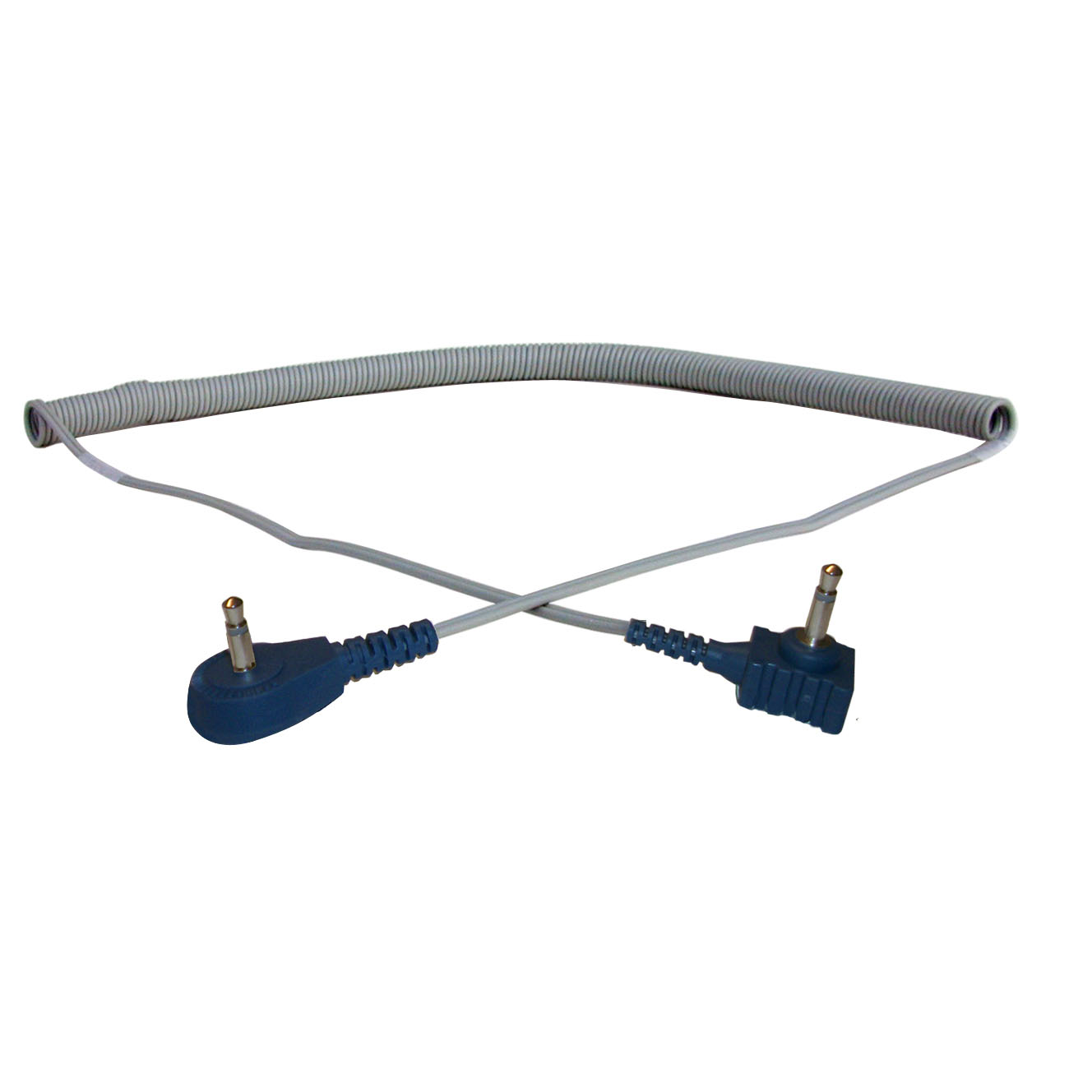Ionizers remove static from surfaces that cannot be grounded. You will find two common types: AC or Alternating Current and DC or Direct Current. This presentation reviews the pros and cons of each technology and will help you decide which ionizer will work best for your application. For more information,…


The Cause for ESD Wastebaskets
This week’s ESD Q&A question: Question: Is there really a need for an ESD wastebasket? Answer: It is fair to wonder why there is a need for ESD wastebaskets. If the waste basket resides underneath a workstation and stays there permanently, it is extremely unlikely that a wastebasket could present…
What is "ESD" or Electrostatic Discharge?
Q: What is “ESD”? A: ESD is short Electrostatic Discharge. Electrostatic Discharge, or ESD, is a single-event, rapid transfer of electrostatic charge between two objects, usually resulting when two objects at different potentials come into direct contact with each other. ESD can also occur when a high electrostatic field develops between two objects in close proximity. ESD…

What is the greatest static threat to electronics?
Q: What is the greatest static threat to electronics and other materials? A: YOU! The human body can generate the biggest charge of anything likely to come near these devices. Charge can often build-up on people and reach levels that give uncomfortable shocks, can damage sensitive electronic parts or give…

New Product Announcement: CC3000R Right Angle Dual Conductor Coil Cords
Transforming Technologies is proud to announce the addition of the CC3000R Series to our line of ESD Dual Conductor Grounding Products. Used in conjunction with Dual Conductor Constant Workstation Monitors, Transforming Technologies’ CC3000R Series Dual Conductor Right Angle Coil Cords provide unmatched reliability and value. A double insulated jacket provides…

Static Electricity in Cleanrooms: Affects and Remedies
The following is an excerpt from the article “Static Electricity in Cleanrooms” by Lawrence B. Levit, Ph.D., founder of LBL Scientific. He has worked in the static charge control industry for over 15 years. Levit is a senior member of the ESD Association, a senior member of the IEST and sits…
